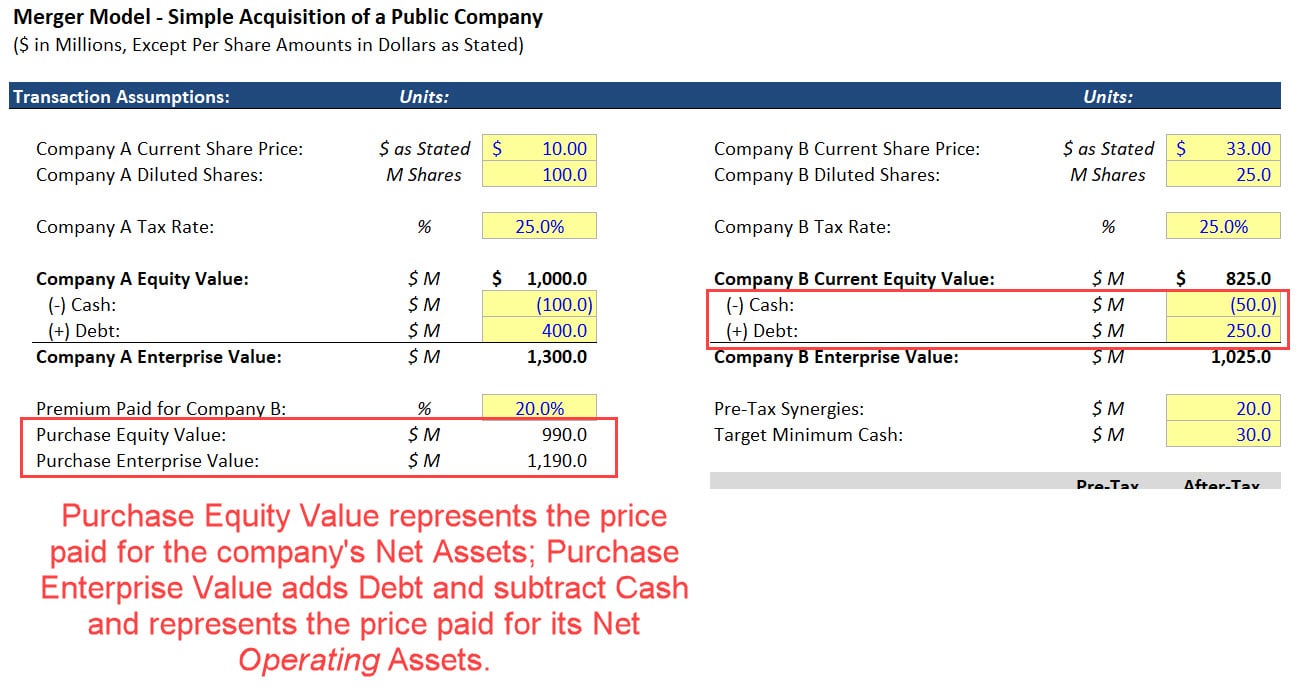lenaitch
Senior Member
So they, somehow, manage to convince builders to get houses on the market for less than the prevailing market. Cool - I buy one, wait a year, then put it on the open re-sale market.Not unless it’s a condition of building there, which it seems might be the case- we know there will be conditions of some kind. Something to the effect of ‘units must be priced x% lower than market mean/median value’ akin to an affordable housing requirement.
Unrelated, but a bit of my perspective here because no one’s discussing how we can nudge this in a better direction. Ford’s interest is to dig himself out of this hole and somehow get the public on his side with his reckless decision(s); the public’s interpretation cannot become reality.
For the sake of argument let’s suppose this isn’t simply corruption, but a misguided means to deliver housing. There is a way to do this, even if it’s retroactive; present the supposed flaws with the greenbelt as-is, with the quantitative criteria showing x sites are more readily developable than others. There will necessarily be whitebelt lands that cannot be built on soon, so those must be added to the greenbelt. In short, it shifts from a land grab to a “more now, less later” growth management strategy. This might still be bad politics, but its far more palatable than the alternative.
I’m personally of the belief that if the greenbelt’s effects on land value are true, then the government should shut up, buy these viable lands (which should be cheap…) and develop it themselves to undercut the market in the public’s interest. Anything else is, as we have seen, far too muddy.
The government as a developer - what could possibly go wrong. If they get a developer to do it on their behalf (because no part of the civil service has a clue how to do that), they're not going to do it for charity. Their costs will be the same as for any other development, probably higher because the industry knows the government is backstopping it.





